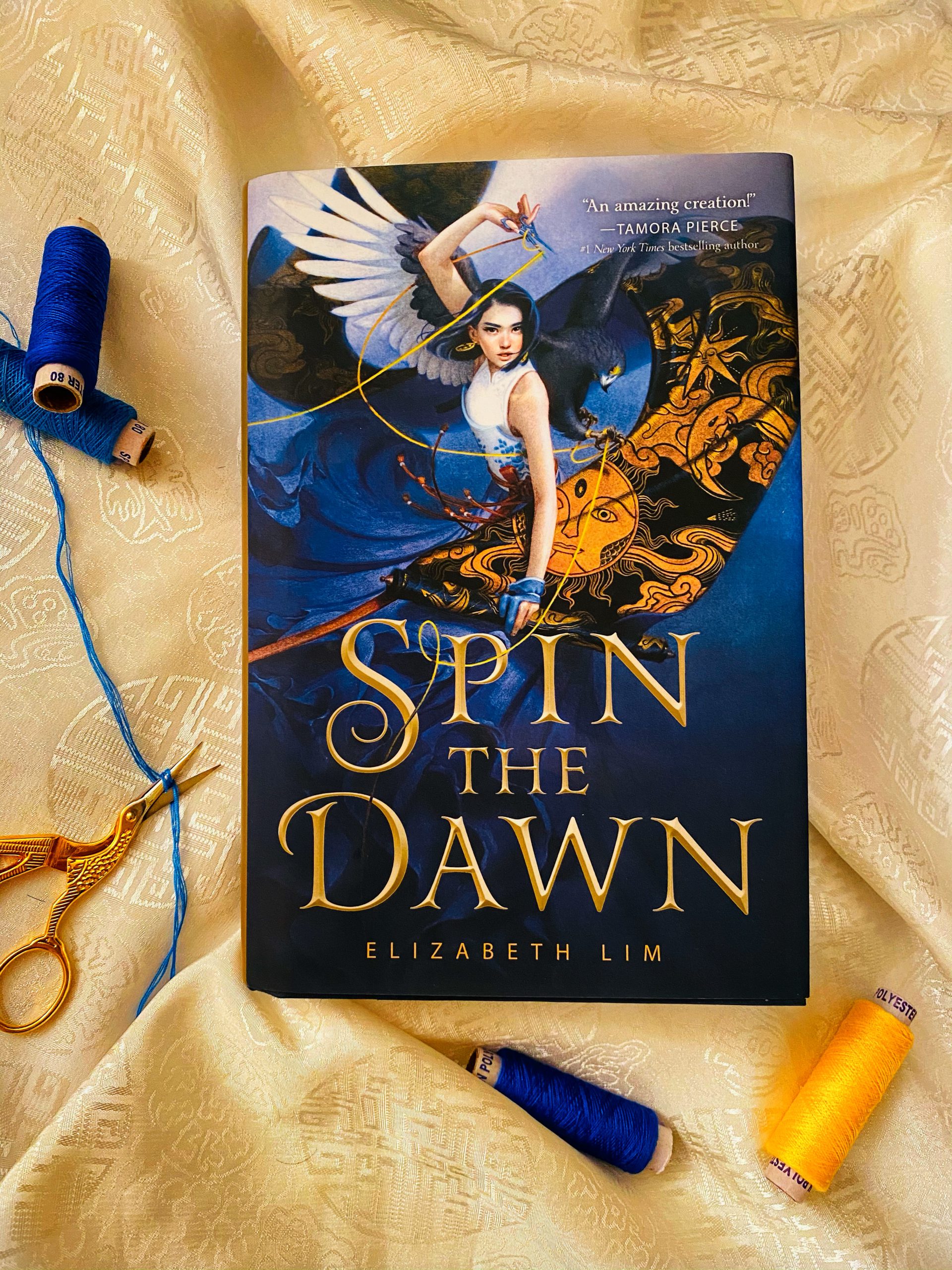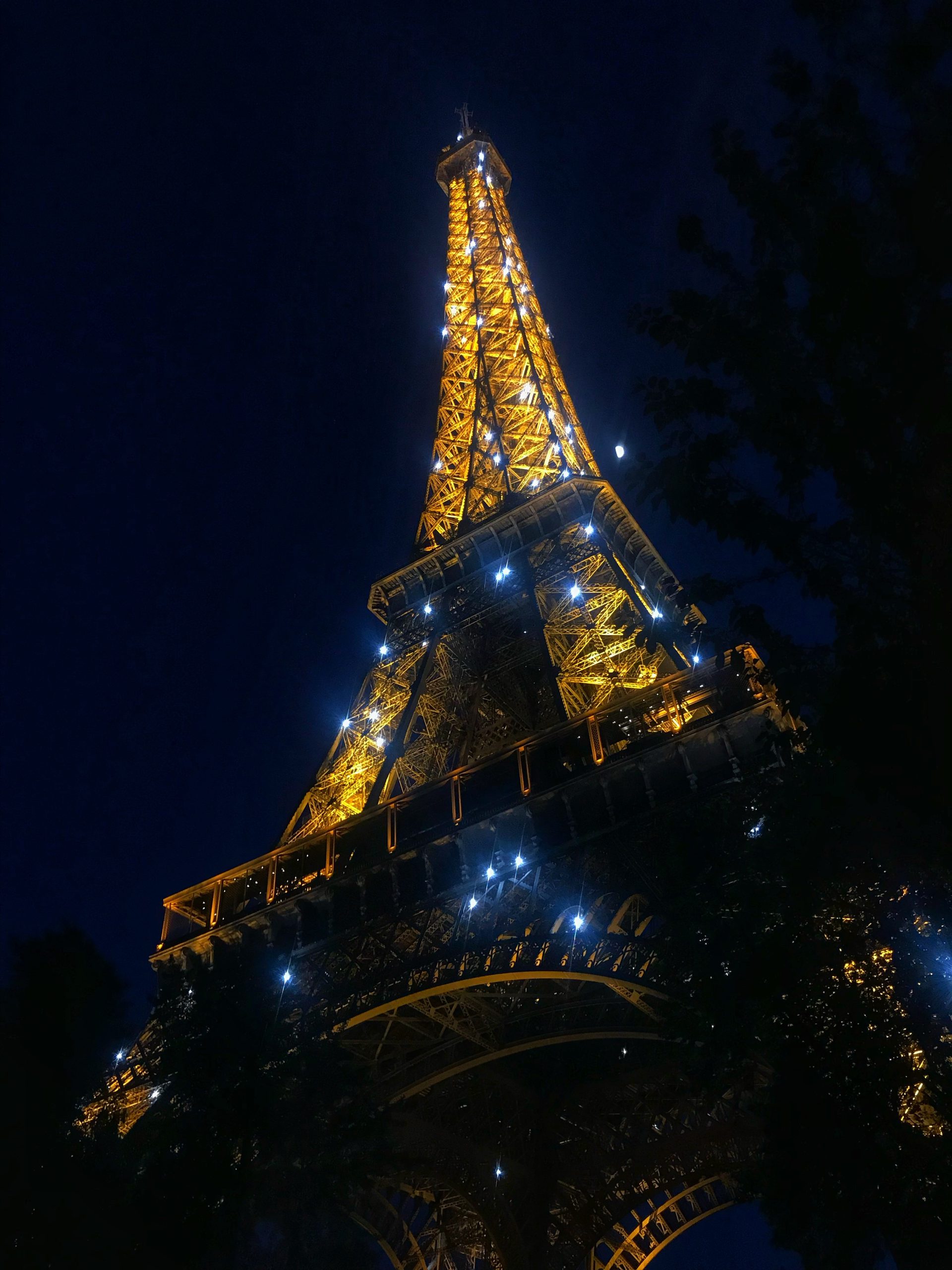- By The Zoya Project
- February 22, 2020
- 0 comments
I looked around at the variety of people that are moving around in front of the large mosque. Sweat soaked vendors shout out their wares in broken sentences, the words broken by dialect, sometimes Hindi, sometimes English, sometimes Telegu. The smell of meat being charred into delicious mouthwatering kebabs and skewered by hands covered in a thick coating of masalas, cumin, chilli, haldi, laung. The shine of rows and rows of rainbow tinted bangles glinting in the light, some simple coloured rings of glass, others made of lac, dotted with gaudy rhinestones and crystals. The sound of boiling water swishing from cup to cup as they concocted Irani chai served with a single Osmania biscuit, at the tea stall, seeping the scene into a romantic sepia, like being a part of an old film about Persian history. Rows of bindis, and earrings, and all sorts of other colourful knick knacks.
This is the market that sits right at the roots of the Char Minar. It’s filled with vibrancy and character. There is a mustachioed man selling rip off sunglasses. “Only 250 rupees!” he calls out loudly, his words thickly accented, swatting his assistant on the back, to go out into the crowd, with the rack poised on his shoulder, to make more sales.
There are little children dressed in vibrant neon t-shirts of pink and yellow who sell strands of fragrant mogra strung together into delicate gajras. Why don’t you go to school I wish to ask while slipping the soft white petals of the mogra onto my wrist and paying the ten rupees they ask for. The man to the far right sells Mother Dairy ice lollies, the packaging crisp and cold.
Somewhere in the crowd sits a mehendi-waali, the fragrance of henna permeating the air, seen on the palms of foreign women as they walk around with their hands upheld so that the wet green paste doesn’t get on their clothes. Some pattern the large minarets of the mosque on the fingers of the women, others settle for the net on the knuckles that look like intricate lace gloves or the traditional peacock on the soft skin of the wrist.
One man sells unstitched salwar-kameez sets on a long rack. How does he save the rich cloth that shines in jewel toned hues, I wonder from the heat and miasma of smells, the dampness of sweat, the richness of saffron rice and the sweet tang of ripe mangoes. The color of violent eggplant and gold brocade, lacy pale pink, ferozi blue, sunshine yellow and rich amber like molten gold coins. Cloth that look fit for nizaams sold for mere thousand rupees underneath the heat of the glowing sun.
The woman to the far left sells kaala khatta her skin glistening, her dark hair clearly dyed in comparison to the wrinkles lining her face, the smile lines crinkling deep at the corner of her eyes and mouth. Her sari a dark blue that brings out the vibrancy of her skin and eyes. “Where did you buy your sari?” I wish to ask, the rumpled blue silk catching my eye at every turn. It reminds me of royalty. The blue of royalty, the azure of the sky as she closes her kala-khatta dukaan at the end of the day. She simply sells cups of crushed ice dipped in sour syrups and yet she looks like a queen, in her rumpled sari, working in her old age. Perhaps it is something she has always done, or perhaps it is something she does to pass the time in her old age, with her children gone and raised. But she stands. Her regal blue sari complimenting the royal mosque behind her.
The monumental granite mosque sits like a queen in the city, I can’t help but think. She is surrounded by hundreds of rainbow umbrellas at her feet, under which people have put up shop for countless years, and they will do so, for so many more to come. The spattering of cultural color across history.



